Nang Ai, in full, Nang Ai Kham is queen of the pageant and Phadaeng is her champion. She is famed as the most beautiful girl. He, an outsider, comes to see for himself, lavishes her with gifts and wins her heart; but must win a rocket festival tournament to win her hand.
Unwittingly, he becomes part of a love triangle. Phangkhi and Nang Ai have been fated by their karma to have been reborn throughout many past existences as soul mates. Stories about the couple, however, say they have not exactly been lovers: in many a past existence, she has been a dutiful wife, but would not yield an inch in an argument to anyone and he only wanted to satisfy himself. She becomes fed up and prays never to be paired with him, ever again.
Nang Ai is reborn as the daughter of Phraya Khom, (which means Lord Khmer; but even if her father was a Cambodian overlord, Nang Ai Kham is still the genuine article), while Phangki is reborn as the son of Phaya Nak, the Grand Nāga who rules the Deeps. (He is depicted in parades in the guise of a prince, riding alone, dogging the new pair.)
Phangki isn't invited to the tournament, and Phadaeng's rocket fizzles. Nang Ai's uncle is the winner, so her father calls the whole thing off, which is considered to be a very bad omen, indeed.
Pangkhii shape-shifts into a white squirrel to spy on Nang Ai, but she espies him and has him killed by a royal hunter. Pangkhii's flesh magically transforms into meat equal to 8,000 cartloads. Nang Ai and many of her countrymen ate of this tainted flesh, and Phaya Nak vows to allow no one to remain living who had eaten of the flesh of his son.
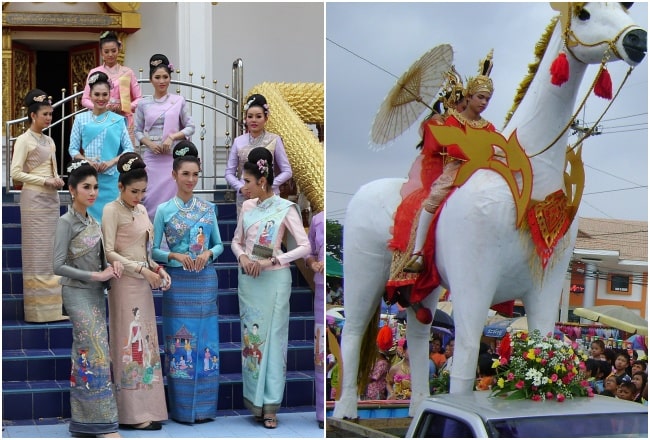
Aroused from the Deeps, he and his watery myrmidons rise and turn the land into a vast swamp. Nagas personifies waters running both above and below ground, and nagas run amok are rivers in spate: all Isan is flooded.
Phadaeng flees the rising flood with Nang Ai on his white stallion, Bak Sam (Mr. Three), but she is swept off by a Naga's tail, not to be seen again. (Bak Sam is seen in parades sporting his stallion's equipage (awaiyawa pet kong ma) that legend says dug a lick called Lam Huay Sam (which may be seen to this day in Ban Sammo-Nonthan, Tambon Pho Chai, Amphoe Khok Pho Chai.
The legend also tells that receding waters left behind the Nong Han Kumphawapi Lake of the Kumphawapi District marsh, which, too, may be seen to this very day.) Phadaeng escapes, but pines away for his lost love. His ghost then raises an army of the spirits of the air to wage war on the nagas below.
The war continues until both sides are exhausted, and the dispute is submitted to King Wetsawan, king of the North, for arbitration. His decision: the cause of the feud has long since been forgotten and all disputants must let bygones be bygone.
The legend is retold in many regional variations, all of which are equally true for they relate events in different existences. One 3000-word poem translated to English from this rich Thai-Isan tradition, "…is especially well known to the Thai audience, having been designated as secondary school supplementary reading by the Thai Ministry of Education, with publication in 1978. There is even a Thai popular song about the leading characters." The original was written in a Lao-Isan verse called Khong saan, replete with sexual innuendo, puns, and double entendre.
Keyes (op. cit., p. 67, citing George Coedès) p. 48, says "Phra Daeng Nang Ai" is a version of the Kaundinya, legendary founder of Funan; and Soma, the daughter of the king of the Nāga. Keyes also wrote that such legends may prove a valuable source of toponyms
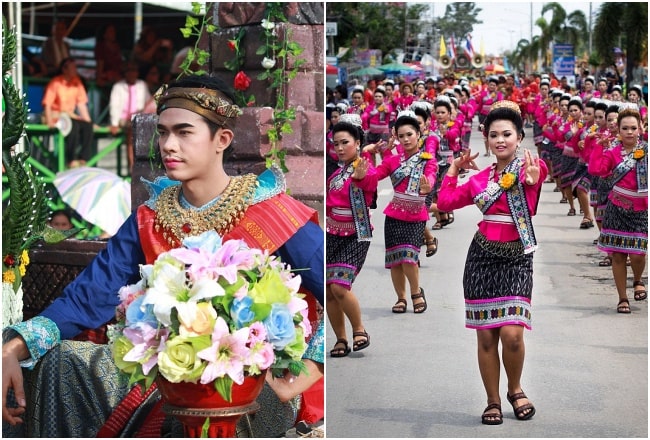
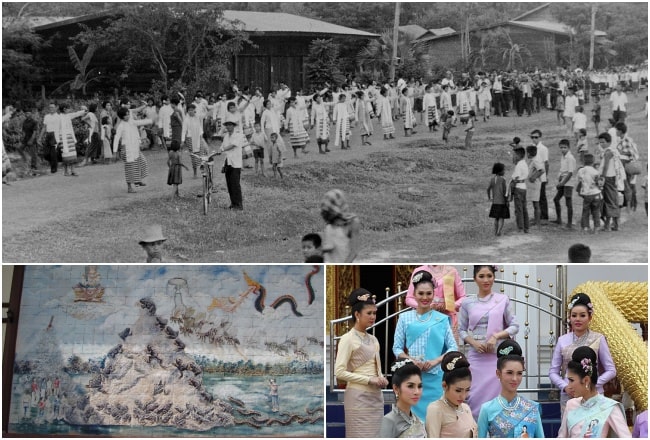




 08/01/2026
08/01/2026


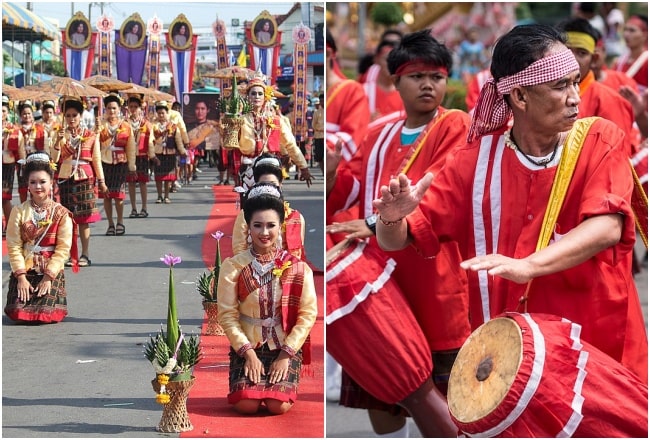

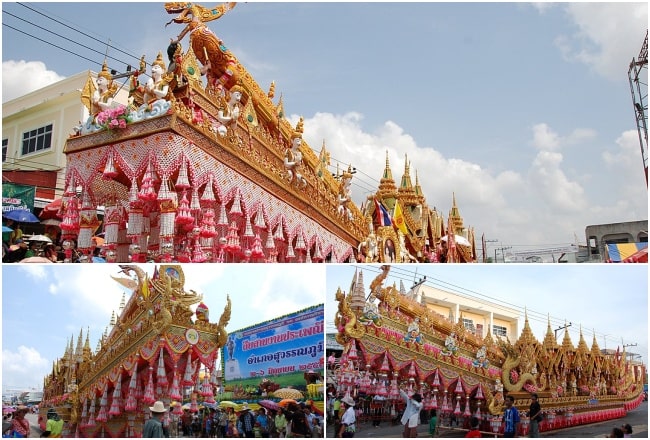
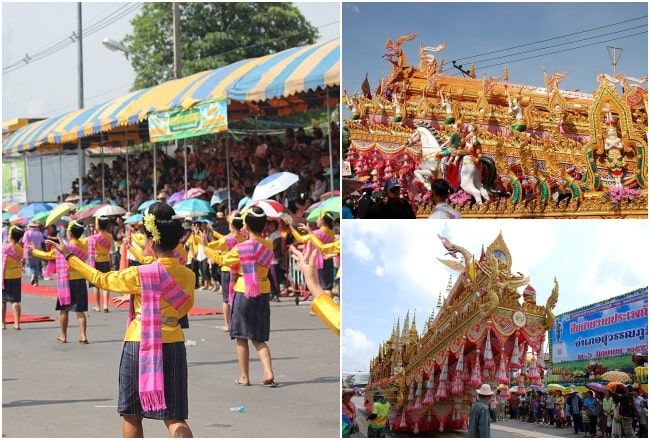
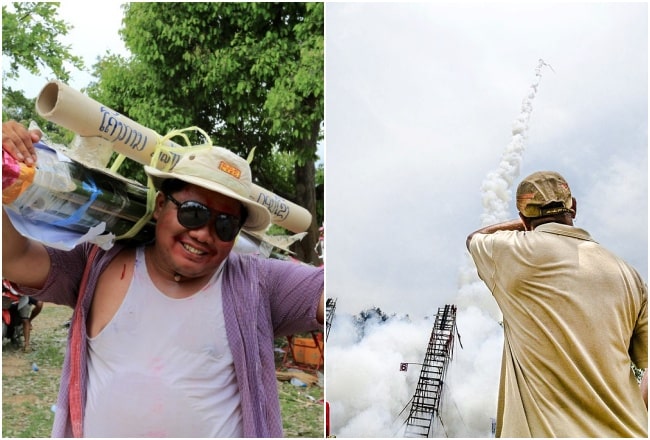
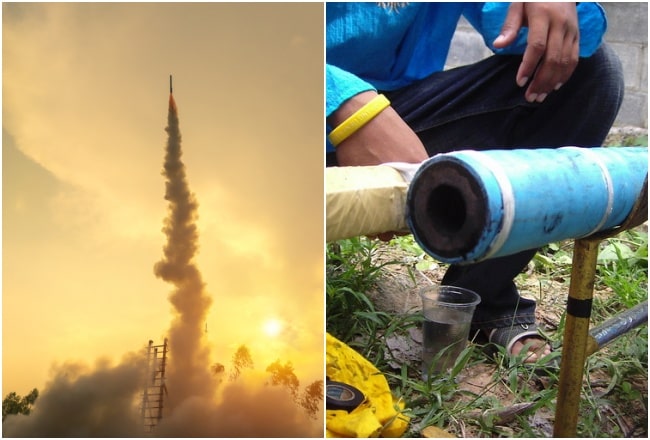



















Jolie LIEMMy name is Jolie, I am a Vietnamese girl growing up in the countryside of Hai Duong, northern Vietnam. Since a little girl, I was always dreaming of exploring the far-away lands, the unseen beauty spots of the world. My dream has been growing bigger and bigger day after day, and I do not miss a chance to make it real. After graduating from the univesity of language in Hanoi, I started the exploration with a travel agency and learning more about travel, especially responsible travel. I love experiencing the different cultures of the different lands and sharing my dream with the whole world. Hope that you love it too!